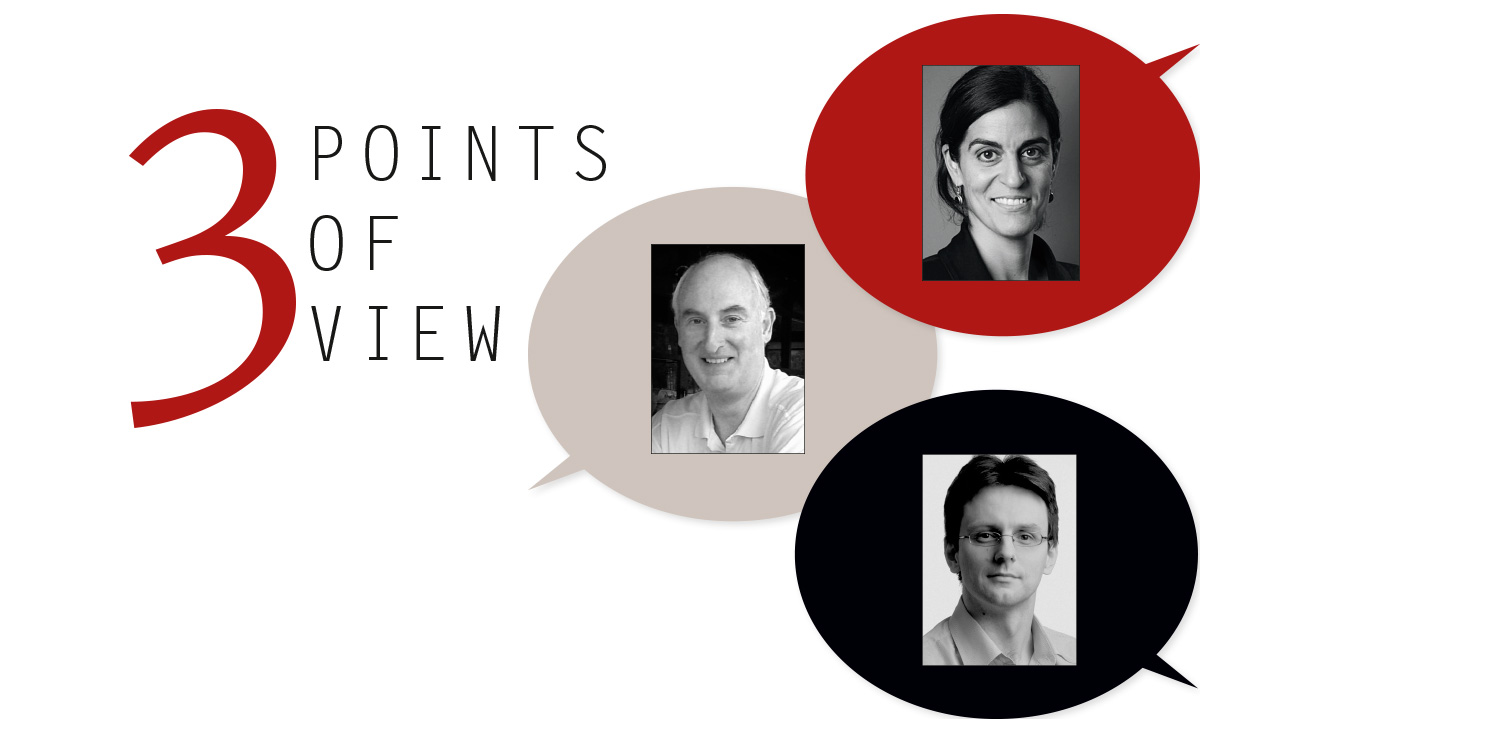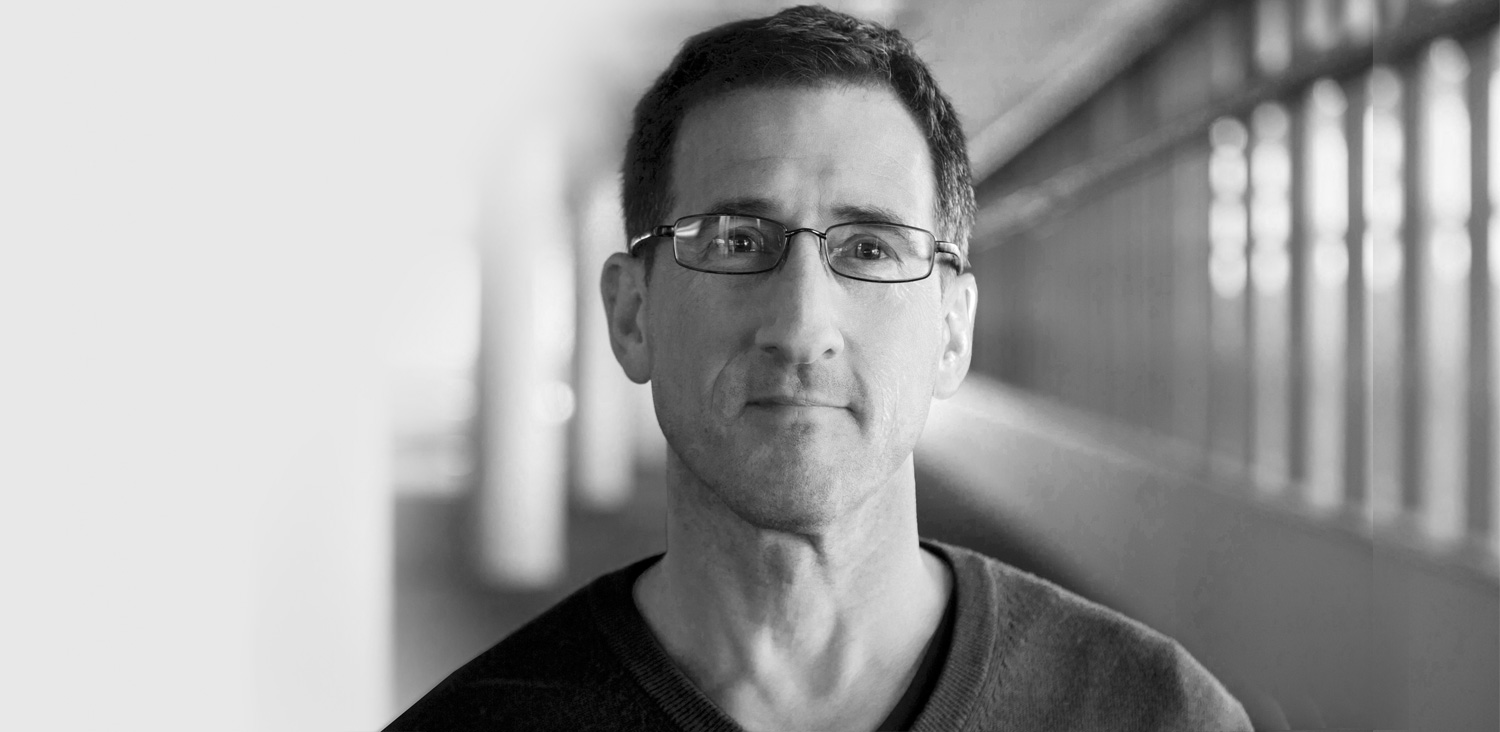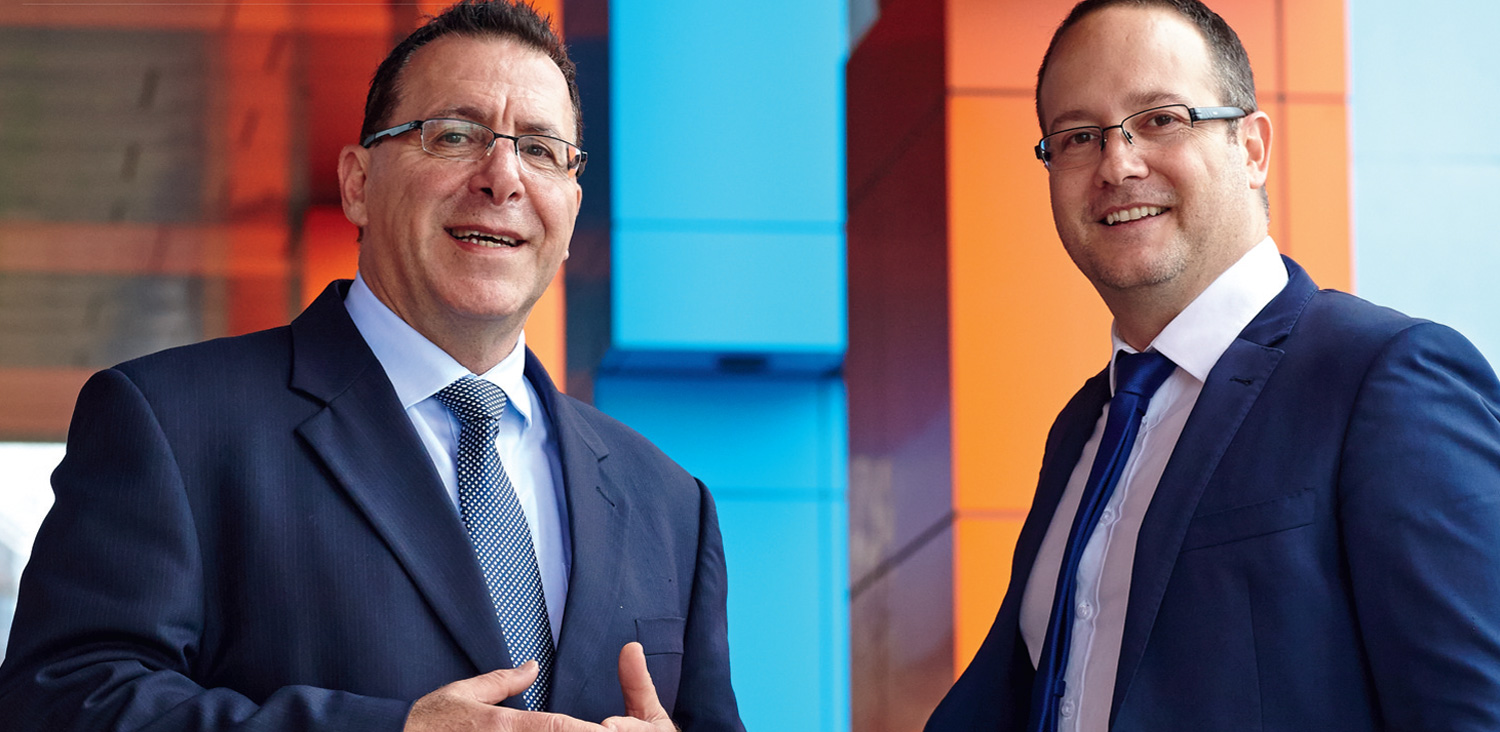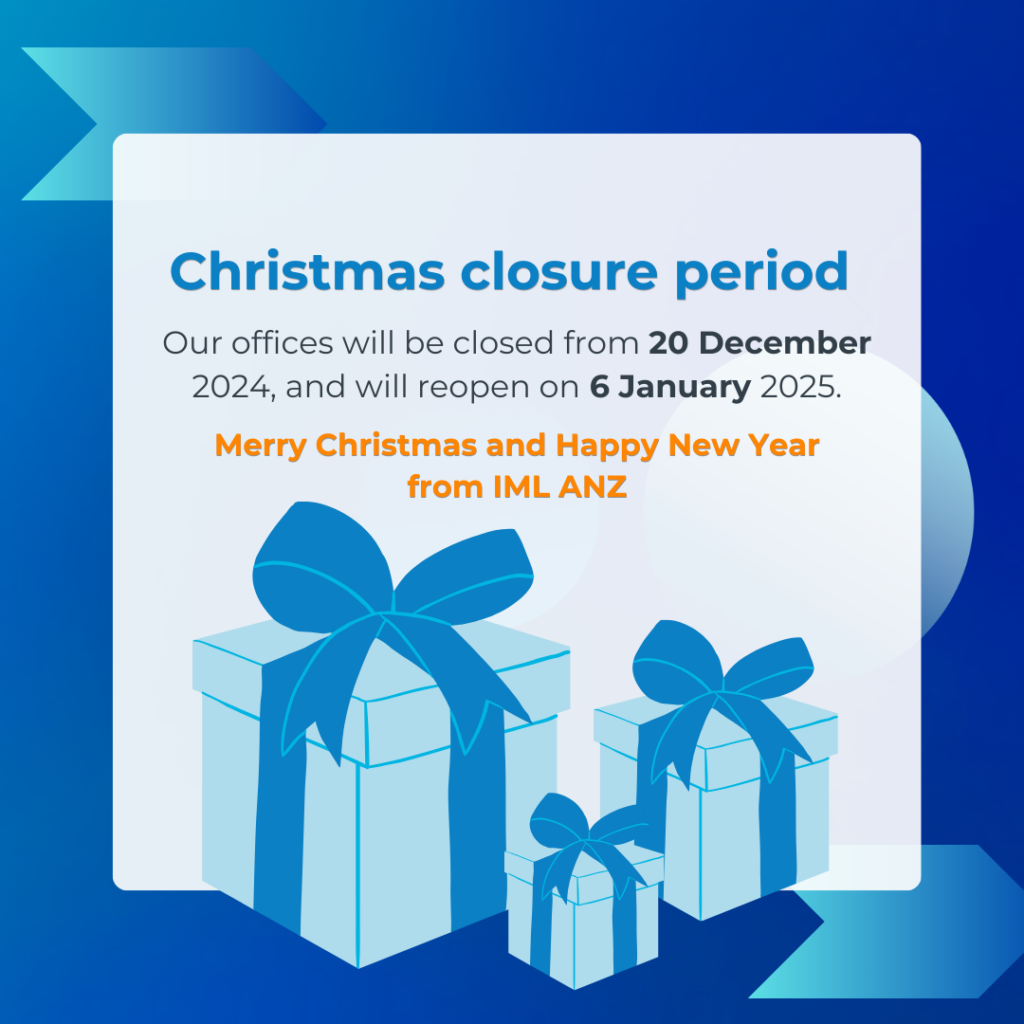The new leaders: how they think and why they’re totally suited to these times
By Nicola Heath
Change. It’s the greatest challenge young leaders face today.
“In one year, the amount of change we are exposed to is probably equivalent to 10 to 20 years of our parents’ generation,” says Luke Higgins, a Managing Director and Technical Architect at global professional services company Accenture.
In the past, change was optional. Organisations could maintain the status quo and remain successful, says Higgins. “Now we don’t have a choice. We have to change one way or another, to survive. You can see that with the Fortune 100 companies, every 10 years, you look at them and many drop out because they haven’t changed.”
As technology and methodology constantly evolves, the trick is identifying the right one to adopt. Which change will drive enough value to justify the investment? “That’s always the hard part,” says Higgins. “You need to be sure the change is worth the effort.”
Disruption is part of the architecture at Accenture, where Higgins runs two strategies in parallel. The first is an emerging strategy that tests new ideas and technologies. If successful, they are then incorporated into a deliberate strategy, where assets are scaled, refined and eventually rolled out.
AIM Emerging Leader board member Bec Hovey is Associate Director of Online Marketing at University of Southern Queensland. Change is so important to her team, it has its own catchphrase: ‘positive reframing’.
“It’s part of our team DNA,” she says. If something goes wrong – a ‘curveball’ in the team’s parlance – the first questions are, “‘How can we reframe this? How can we bring back the positivity to this situation, and what can we do, and what can we control at the end of the day?’”

In this environment, the ability to adapt is fundamental. Success lies in being “resilient enough to be continuously improving and continuously adjusting what that end goal might be,” she says.
Jess Ferguson AIMM, Manager at EmploysurePLUS Services, agrees. The challenge, she says, lies in “building enough agility to flourish in a disruptive time.”
“My team works in a constant space of learning and adapting. This is particularly necessary when you’re working in the business of disruption,” Ferguson says. “We don’t take things for granted or get complacent. We know that things could change and evolve at any point and we embrace the growth that comes with that, and support each other in whatever way we can.”
Many of us are resistant to change – not so Ferguson. “I don’t like being stagnant. I’m a total optimist and believe I can make the best of anything that comes my way,” she says. “Being agile and flexible and open to the shifting direction that we move in is something that I’m very comfortable with it. Actually, I really enjoy it.”
In an age of volatility, Higgins believes an effective leader needs clear direction. That means evolving and adapting to new technologies at a micro level, but, Higgins says, “you have that over-arching macro view that is always consistent.” As a leader, you need to be open to finding new ways to achieve the end goal.
‘We are more adaptive to technological change’ – Bec Hovey
Viewing change as an opportunity, not a threat, is what sets young leaders apart from older generations, suggests Hovey. “We are more adaptive to technological change.”
Hovey introduced Facebook Workplace to her team in 2016 as way to improve inter-campus communication. Using the tool – particularly video chat – has improved collaboration and transparency between the Brisbane and Toowoomba offices.
Ferguson, who also uses Facebook Workplace at Employsure, says the tool has been crucial in helping leadership communicate vision and other important insights to teams. “It’s been a huge connection tool for the entire business.”

Technology permeates everything Higgins does at Accenture too. “Every decision I make is data driven,” he says. He is also always asking how technology can improve the way his team operates. “How do we introduce automation, AI, robotics to do our job in a better way so we don’t have to use manual labour to do that work anymore? That’s where we leverage technology a lot.”
At Thankyou, a Melbourne-based social enterprise, team members use task management tool Asana and video-conferencing service Zoom, which Managing Director Daniel Flynn (pictured at top) says has proven useful in connecting teams on the road. “We’re setting up to launch in New Zealand so we have teams that live in different countries. It helps us connect and keep moving at a fast pace.”
It’s important to continue to evolve, be open to new ideas and new technology, says Flynn. “We try and fail until we find a good fit.”
‘It’s not about me, it’s about us’ – Daniel Flynn
If today’s leaders want to solve the world’s problems – poverty and climate change among them – Flynn believes focus needs to switch from the self to the collective. Where we look inward, we must look outward, he says. “We need leaders who are focused on things greater than themselves and not just career progression.”
In this quarter, social enterprises like Thankyou are leading the way. Its mission is simple: to empower people to help end poverty. Thankyou’s leadership team tries to embody the organisation’s ‘we, not I’ ethos. “It’s not about me, it’s about us and how we can create change outside of our scope,” says Flynn.
“If I see people who are just trying to build their careers, step on people to get ahead, to be honest they don’t last long at Thankyou. It’s just not the culture we’ve created.”
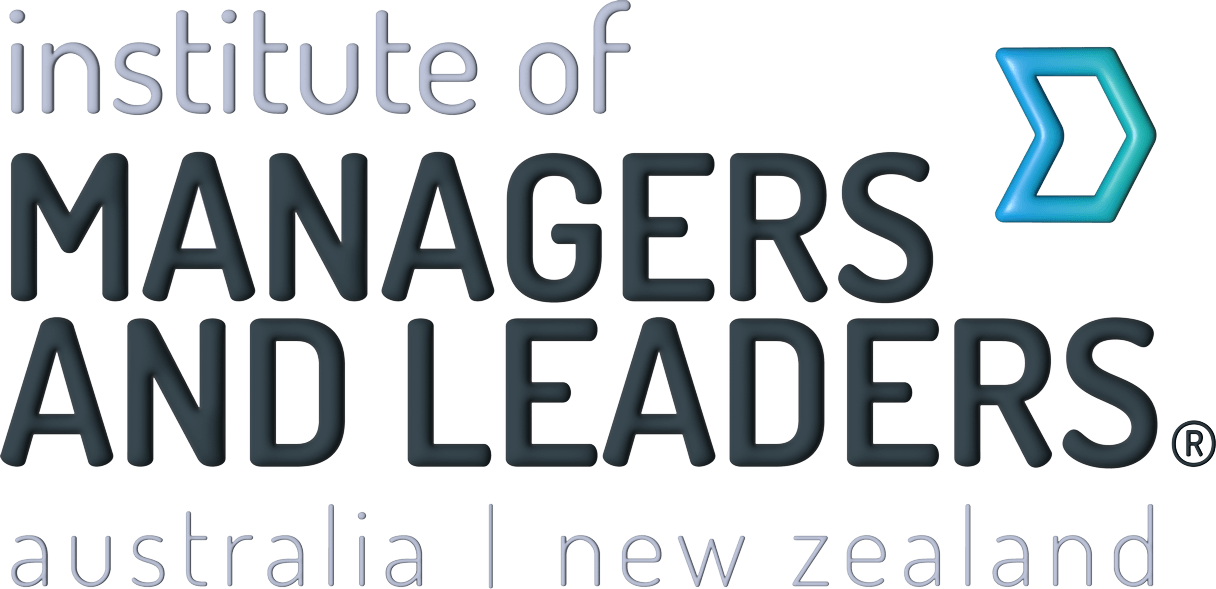


 Marion King FIML
Marion King FIML




